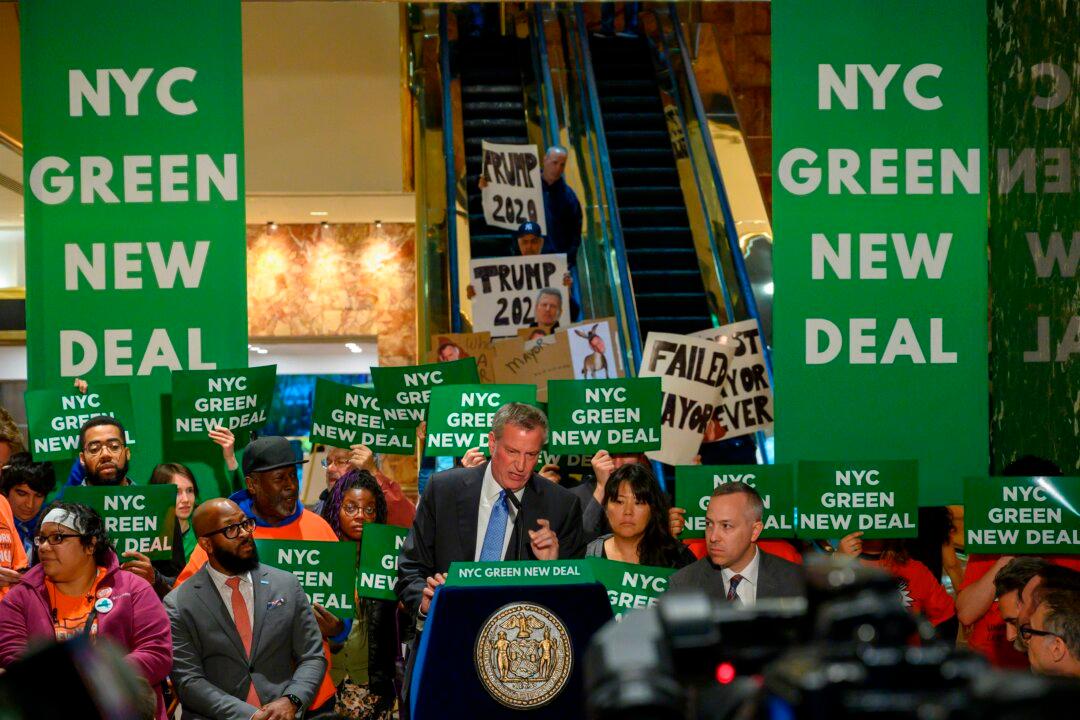Commentary
Green energy is prevalent in the United States and Europe, accompanied by ultra-leftist and socialist lines. They are taking advantage of some so-called harm caused by extreme climate and Earth changes.

Green energy is prevalent in the United States and Europe, accompanied by ultra-leftist and socialist lines. They are taking advantage of some so-called harm caused by extreme climate and Earth changes.